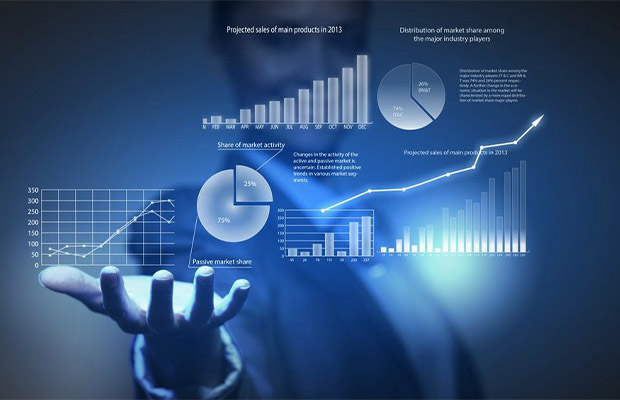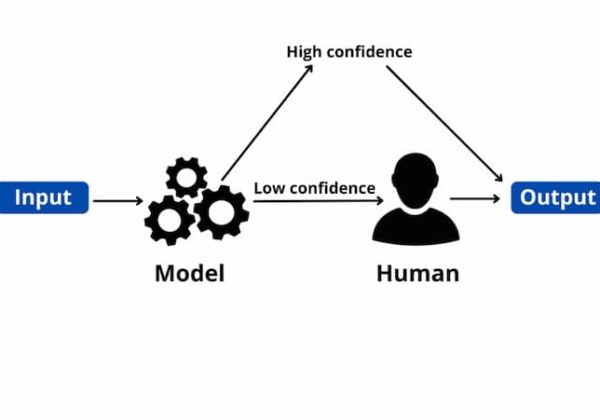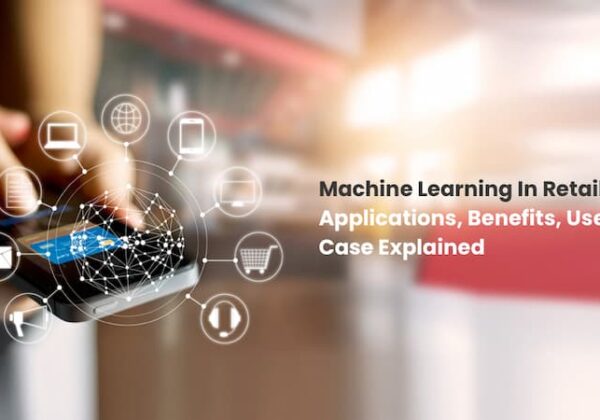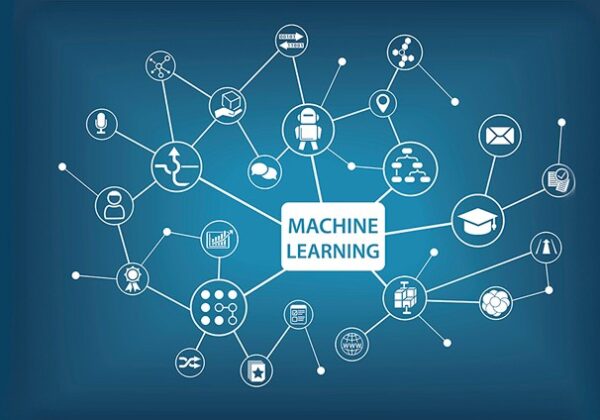Almost everyone comes into contact with machine learning on a daily basis. The role of machine learning in marketing is to allow you to quickly make decisions based on big data.
Artificial intelligence and machine learning have changed many aspects of our lives over the last ten years. Machine learning offers marketers the chance to quickly make important choices based on large amounts of data.
We’ll discuss the decisions you can base on big data in this article.
Table of Contents
What is Machine Learning in Marketing?
In a nutshell, machine learning empowers marketers to significantly enhance their decision-making through the analysis of massive data sets and the generation of granular insights about the market, industry, societal trends, and customer profiles.
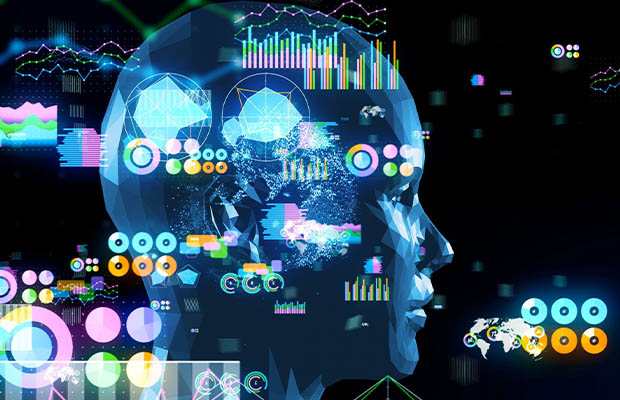
Organizations can deliver hyper-personalized offers, content, products, and services thanks to the ever-increasing processing power of computing systems and the growing sophistication of machine learning algorithms for marketing.
Machine Learning in Online Marketing
Machine learning is a tool that marketers use to identify trends in user behavior on a website. Thus, they can quickly optimize advertising offers and anticipate users’ future behavior.
What is the Potential of Behavioral Data?
In psychology, a pattern is a particular set of behavioral reactions or a common sequence of actions. In light of the fact that most aspects of life use templates, we can therefore discuss patterns in relation to any of these areas.
Think about the illustration of a pattern found on websites. If the user isn’t interested in the offer in the pop-up window shown below, they can close this window by:
- clicking on the X sign
- clicking No thanks
- clicking anywhere on the site that’s outside the pop-up window.
The pop-up window will automatically close after a predetermined amount of time in addition to the user’s ability to perform these three actions.
So we get four possible user actions:
- Click X — Can be true/false
- Click No thanks — Can be true/false
- Click past the pop-up — Can be true/false
- Pop-up viewing time is 5 seconds
When hundreds of these parameters are gathered, the data becomes more valuable because it contains dependencies and behavioral patterns. It conceals the enormous potential of behavioral data, allowing us to add the necessary parameters to user data based on the information we already have about other users.
For instance, categorizing a target audience by gender and age is the simplest method. But what if only 10% of users fill out this information? How can you figure out how many visitors to your website are part of your intended market? Behavior patterns may be beneficial.
10% of users’ gender and age data can be used to identify patterns unique to a given gender and age. The remaining 90% of users’ genders and ages can then be predicted using these patterns.
Now that you have complete information on gender and age, you can send all website visitors personalized offers.
Key Benefits of Machine Learning in Marketing
Below we list key benefits of ML in marketing.
1. Marketing Automation
To make data-driven decisions, marketers require accurate information. To manually process and analyze the vast amounts of data that are currently available to marketers has, however, become increasingly difficult. Machine learning can be useful in this situation.
For instance, one of the most important marketing techniques, customer segmentation, groups customers according to a variety of factors, such as age, sex, income, etc. Machine learning is able to not only quickly and automatically categorize these customers into groups, but it can also identify previously unidentified customer segments. Salesforce Einstein AI, for instance, can analyze enormous amounts of customer and industry data and automate various marketing tasks, such as customer segmentation and reporting.
Machine learning-enabled automation can also aid marketing departments in improving the effectiveness of their back-office operations. To speed up the processing of inquiries, for instance, conversational AI platform Ada has partnered with Zoom, a world leader in video conferencing.
2. Marketing Analytics
If there’s ever a place in marketing for a superhero, it’s in reading people’s emotions. However, a lot of industries already use machine learning for emotion recognition, including BMW and Disney, which use it to gauge how well drivers are paying attention while driving and to gauge how audiences respond to their films. Marketers can evaluate how consumers react to advertisements and link these emotions to future purchase intentions using machine learning and emotion recognition.
3. Ad Personalization
Personalization becomes essential for success given the deluge of advertisements consumers view every day. Because of this, modern marketers frequently use automated systems to generate keywords and perform other related work. The issue is that these tools are rule-based and don’t truly “understand” the context of a specific customer.
4. Content Creation
Copywriting and the creation of marketing content have historically been linked to creativity and emotional intelligence, which cold-hearted algorithms most certainly lack. In the digital sphere, it turns out, consumer perception of marketing messages can be analyzed as data. The precise language that motivates a given consumer to act can be created using the insights gleaned from that data.
In order to improve the language they use throughout their marketing messages, many industry giants are using the Persado Motivation AI Platform. Persado’s system can deliver hyper-personalized messages, learn response patterns for a specific customer, and enhance content marketing as a whole thanks to a combination of proprietary machine learning and deep learning models.
The tone and voice of a brand are evaluated by Persado’s natural language processing model. The system then compiles an emotional profile by looking at how a specific customer reacted to various marketing messages. The platform then dissects marketing creatives, runs tens of thousands of message combinations through a machine learning model, and produces a hyper-personalized copy that will speak to a given customer the most.
5. Weather-triggered Marketing
No matter how hard we try, for better or worse, to control every aspect of our lives, humans haven’t been able to figure out how to manage the weather. But with the aid of software that uses machine learning and predictive analytics, we are now able to foresee not only the weather but also how changes in it will affect consumer behavior.
On the surface, for instance, rainy days make car washes empty, early snow ensures a successful ski season, and hot summer days cause ice cream sales to soar. Although companies have known about these correlations for some time, machine learning enables a much more reactive approach to digital marketing and advertising.
For instance, IBM Watson Advertising Weather Targeting enables businesses to capitalize on how local weather affects consumer preferences and behavior. Using weather data in real-time, IBM’s machine learning model automatically modifies creative copy and advertising copy.
6. Identification of Marketing Opportunities
Although we frequently credit machine learning with accelerating and improving data-driven decision-making, its true disruptive potential lies in its capacity to make sense of massive amounts of unstructured data. As important as it is to design marketing campaigns using well-known metrics, great marketers also make an effort to learn more about the societal trends and cultural quirks that influence consumer demand. Numerous media outlets, including books, movies, music, and music, have an impact on our thinking and, as a result, our purchasing decisions.
7. Contextual Advertising
A 44% click-through rate (CTR) was recorded for AT&T’s first online advertisement in 1994, which was seen on HotWired. The typical CTR for an online banner today is 0.3%. Today’s internet users see a deluge of online advertisements, making it more and more difficult for marketers to produce ads that truly resonate with potential customers. Contextual advertising is used more frequently by businesses as a result of the difficulty of content marketing due to tighter cookie regulations.
Contextual advertising, as used in marketing, refers to posting ads on websites that are relevant to particular audiences. An excellent place to display ads for a new phone, for instance, would be a news website devoted to consumer electronics. However, choosing the most effective web pages to display advertisements and creating the ideal message for a specific audience is a laborious process if done manually.
8. Recommendation System
Today’s successful ecommerce stores are built on recommendation systems. Product recommendation engines assist customers in navigating frequently massive online catalogs and locating the goods they require. Systems for making recommendations that are powered by machine learning are crucial for boosting client engagement and satisfaction as well as a business’s bottom line.
10. Lead Conversion
Every marketer wants to generate as many leads as they can, but it gets more difficult to identify the most effective leads and convert them, especially when there are more leads than a company’s staff can physically handle. It is now possible to automatically and intelligently evaluate leads’ chances of conversion thanks to the most recent developments in natural language processing.
Read More: How Machine Learning Improves Marketing?
Examples of Machine Learning in Marketing
1. Recommendation Systems
Offering customers products they are currently interested in is the core function of a recommendation system.
What a recommendation system predicts: products that a customer is likely to purchase.
How this data is used: To generate email and push notifications as well as “Recommended products” and “Similar products” blocks on a website.
Result: Users see tailored offers, which increases the chance that they will make a purchase.
Common algorithms for this purpose: K-means clustering.
2. Forecast Targeting
The goal of all targeting strategies is to spend the advertising budget exclusively on the target audience.
Most used types of targeting:
- Segment targeting — Show ads to groups of users with the same set of attributes
- Trigger targeting — Show ads to users after they take a certain action (for example, viewing a product or adding an item to the shopping cart)
There’s also predictive targeting, in which you show ads to users based on the likelihood of their making a purchase.
Predictive targeting employs all conceivable combinations of tens or hundreds of user parameters with all conceivable values, which is the main distinction between these two types of targeting. A small number of parameters with specific ranges of values are the foundation of all other targeting strategies.
. LTV Forecasting
The most popular techniques for determining lifetime value, or LTV, rely on knowing the total profit from a customer and the length of time the customer has been doing business with the company. Even before a customer leaves, you must still calculate LTV for many contemporary business tasks. Predicting LTV using the available data is the only option in this situation.
What LTV forecasting predicts: the LTV for every user, broken down by segment.
How this data is used:
- To lower customer churn (the rate at which customers leave a company), segments are loaded into push notification or email services and used for mailing.
- Based on expected LTV, segments are uploaded to Google Analytics and used to evaluate the success of marketing campaigns.
Result: The effectiveness of campaigns is increased because LTV is used to calculate the advertising budget per user.
Common algorithms for this purpose: SVM, Logistic Regression, XGBoost, and Random Forest.
4. Churn Rate Forecasting
In marketing, the concept of churn or outflow refers to customers who have left the company and the associated loss of revenue and is usually expressed in percentage or monetary terms.
By using churn rate forecasting, you can address a customer’s potential for abandoning your good or service before they actually do.
What churn rate forecasting predicts: The probability of users leaving by user segment
How this data is used: Segments may be uploaded to push or email notification services, Facebook Ads, Google Ads, and other ad networks. Additionally, you can give this information to the retention team so they can personally contact clients who are likely to leave.
Also Read:
FAQs
How is Machine Learning Used in Marketing?
Companies can reduce costs and free up marketers’ time for more worthwhile tasks with ML-enabled marketing automation. Machine learning allows companies to have a much better understanding of consumer profiles, create personalized offerings at scale, and increase customer lifetime.
Is Machine Learning Good for Marketing?
Machine learning is helping marketers deliver unique and tailored creative to customers. The process of creating responsive search ads is streamlined, and they produce better results by combining different headlines and descriptions to find the one that works best for the user.
What is Machine Learning in SEO?
Machine learning (ML) helps in Search Engine Optimization with better understanding of user intent behind a query, voice search and personalization. The customer journey, the creation of high-quality content, and satisfying customer outcomes can all be the focus of creators.
An Afterword
To summarize, machine learning in digital marketing can assist businesses in improving their choices throughout the entire customer lifecycle, from lead scoring and sales funnel optimization to churn reduction. You can enhance the customer experience, raise customer engagement, and decrease customer churn by gaining insight into the customer’s sticking points.
Machine learning is ready for marketers to use, whether it’s for marketing automation or analytics, and it’s high time businesses added it to their marketing teams.
Read More:

